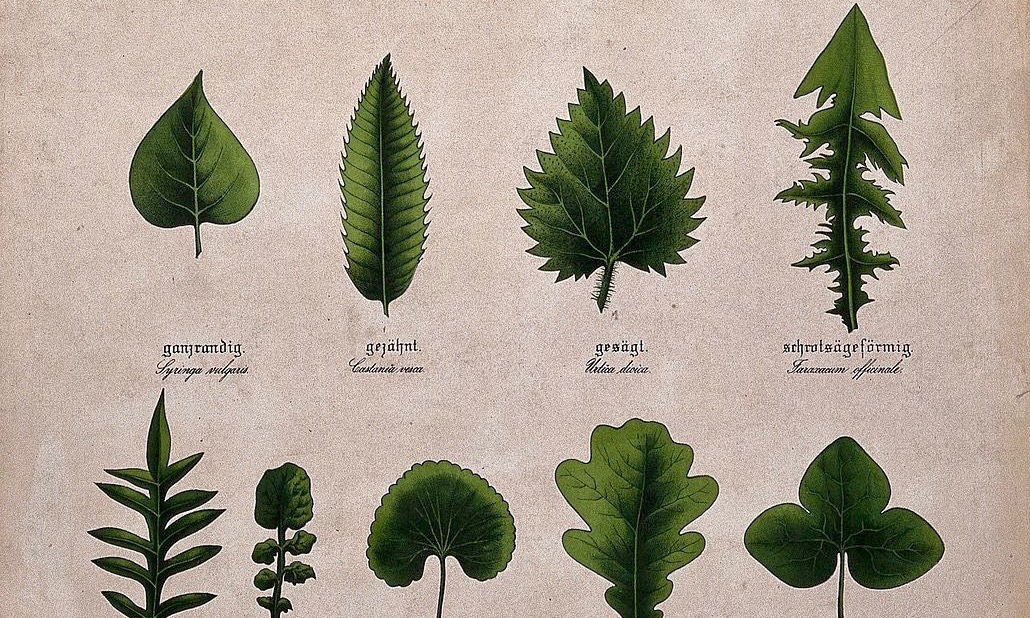
Leaves. We see them every day, nearly everywhere we go. In fact, we’re so accustomed to seeing leaves all around that we often take them for granted, ignoring them.
Sure, we marvel at them during fall foliage, rake them, seek out their shade in summer, or hang ornaments on them in the winter. But how often do we take the time to truly look at a leaf, think about its structure and function, and appreciate it? The truth is that we should do this often. Because these amazing parts of the natural world are the powerhouses of plants—and of our planet.
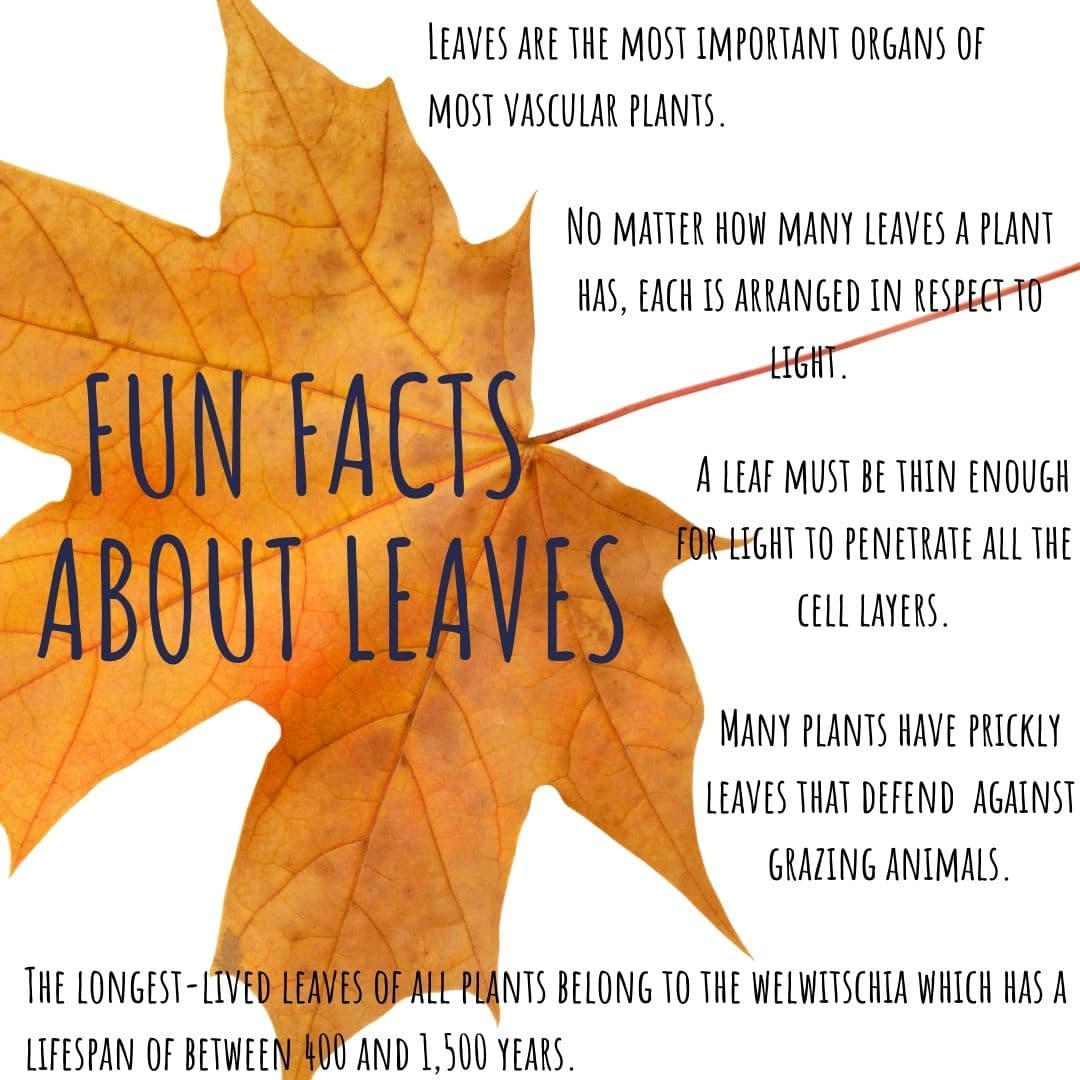
You can help your child discover the fascinating role and world of leaves by encouraging them to start a leaf identification journal. This is a great way for your child to take notice of leaves, identify trees in your area, or place you visit, make scientific observations about a leaf’s environment and condition.
These simple steps will help your child become a leaf expert in no time!
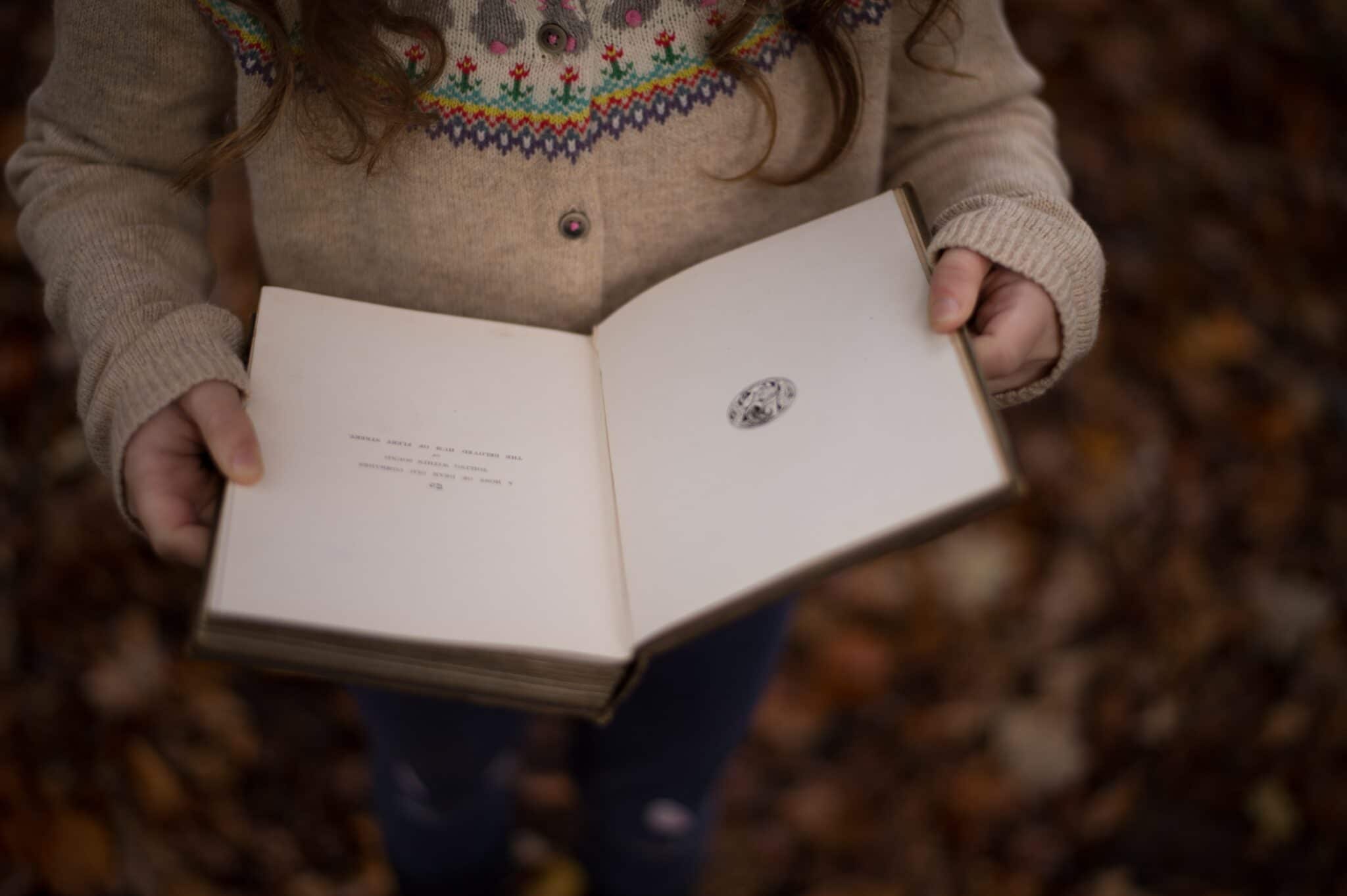
Step 1: Know your local leaves & trees
Get familiar with local trees and their leaves. There are many ways to do this. Tree ID field guides are excellent, especially if you can find one for the region where you live or hike. You can also visit websites from dendrology experts (arboretums or local university botany programs are often a great resource for this). Keep it super simple with our easy visual guide on the most popular trees in the US.
While our preference is to do a little bit of pre-work before heading out, your child might prefer to wing it on the fly. If so, they can always use an app in the field or else ID their leaves later on at home.
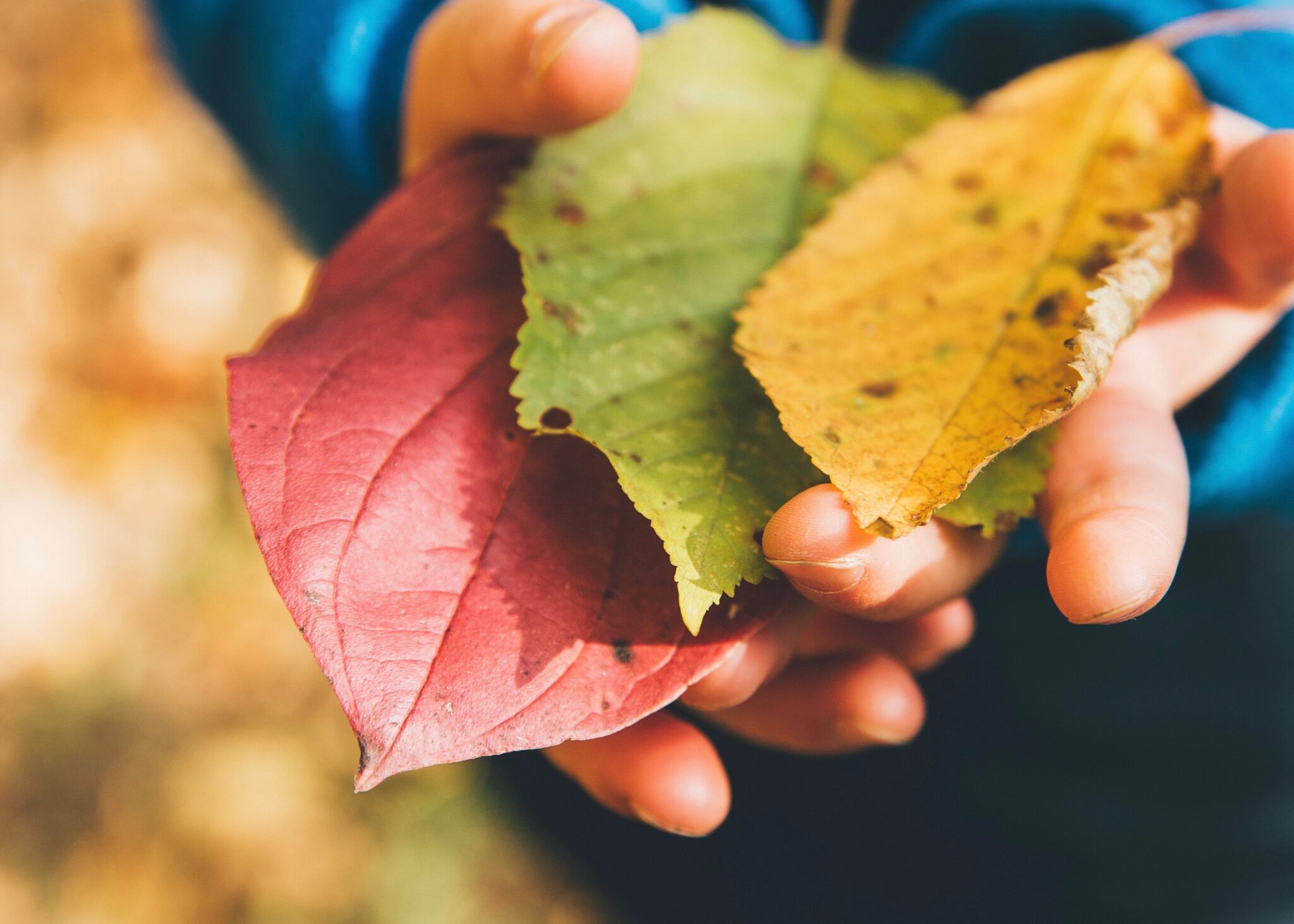
Step 2: Collect!
Now for the fun part— collecting the leaves! Head outside with your child and let them collect any leaves that look interesting to them. Encourage them to collect as many different colors, shapes, sizes of leaves as possible. One tip for keeping them safe from destruction in a backpack is to press them in a book for the journey home.
Step 3: Leaf ID
Once they have their leaf collection, your child can start to learn all about the species of trees the leaves belong to. Some tools that your child can use to identify the species of tree their leaf came from are guide books, apps or dendrology/botany websites such as this one.
Older children might want to dive a bit deeper into leaf classification and anatomy. While taxonomists use everything from leaf pattern, leaf arrangement, and leaf shape to help identify and classify plants, your child can keep their observations as simple as the shape or margin of the leaf. The leaf margin is the boundary area extending along the edge of the leaf. There are lots of different types of leaf margins that are important for plant identification. See our guide to leaf margins that your child can use a reference.
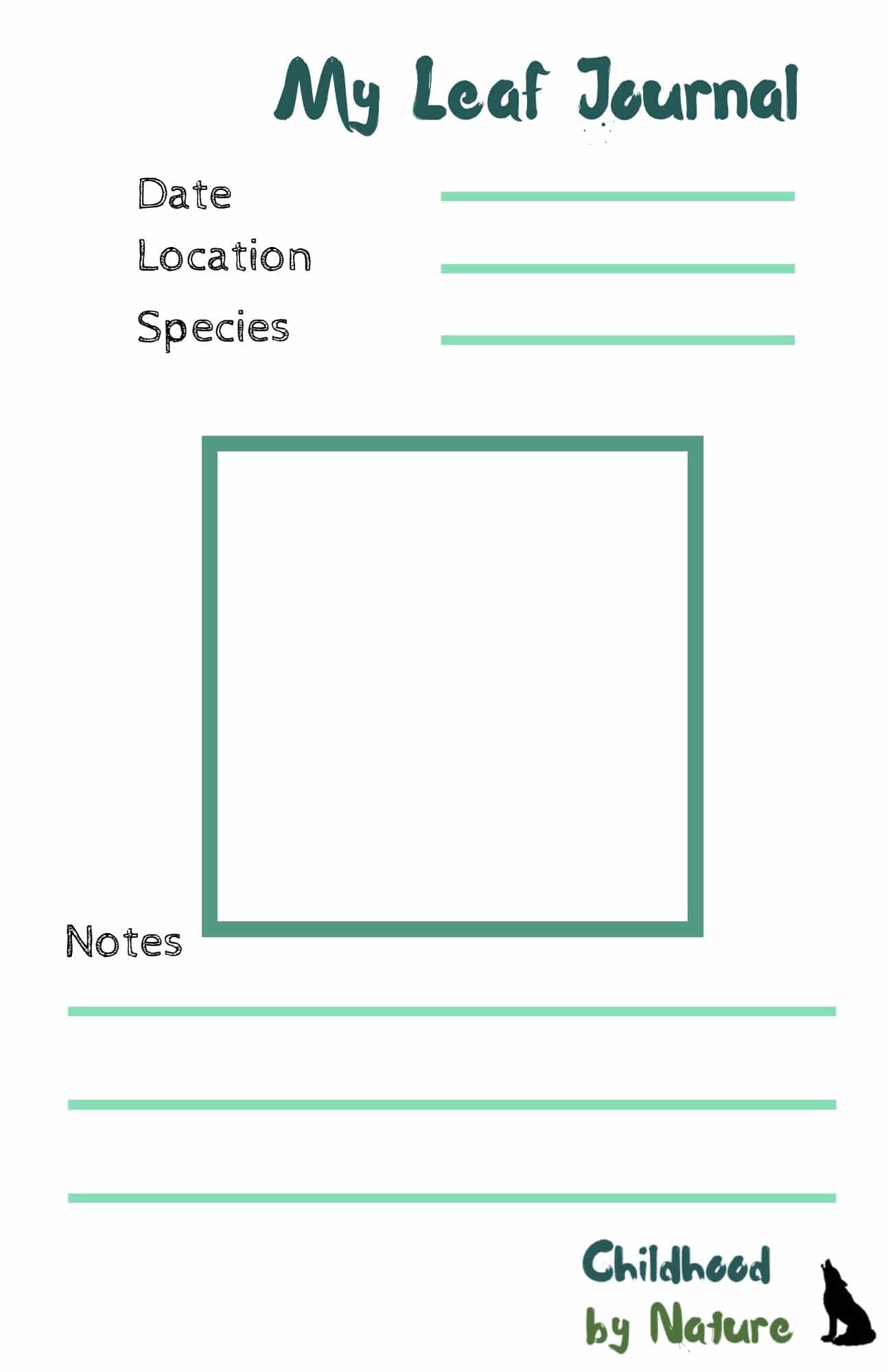
Step 4: Journal
A great place to record their discoveries is a nature journal. We’ve included an entry page here that your child can use for each leaf they record and then assemble all of the pages into one journal.
Nature journaling can be done in the field or at home, whatever your child’s preference is. Some kids like to take in all of the details from the surroundings. While others will prefer to do more research in the comfort of home. Regardless, while they are out in the field, encourage your child to notice a few details about the area where they found the leaf. Some questions they might want to think about: Was it close to a tree? Can they easily see which tree it was shed from? What type of bark does the tree have? Were other similar trees the same color?
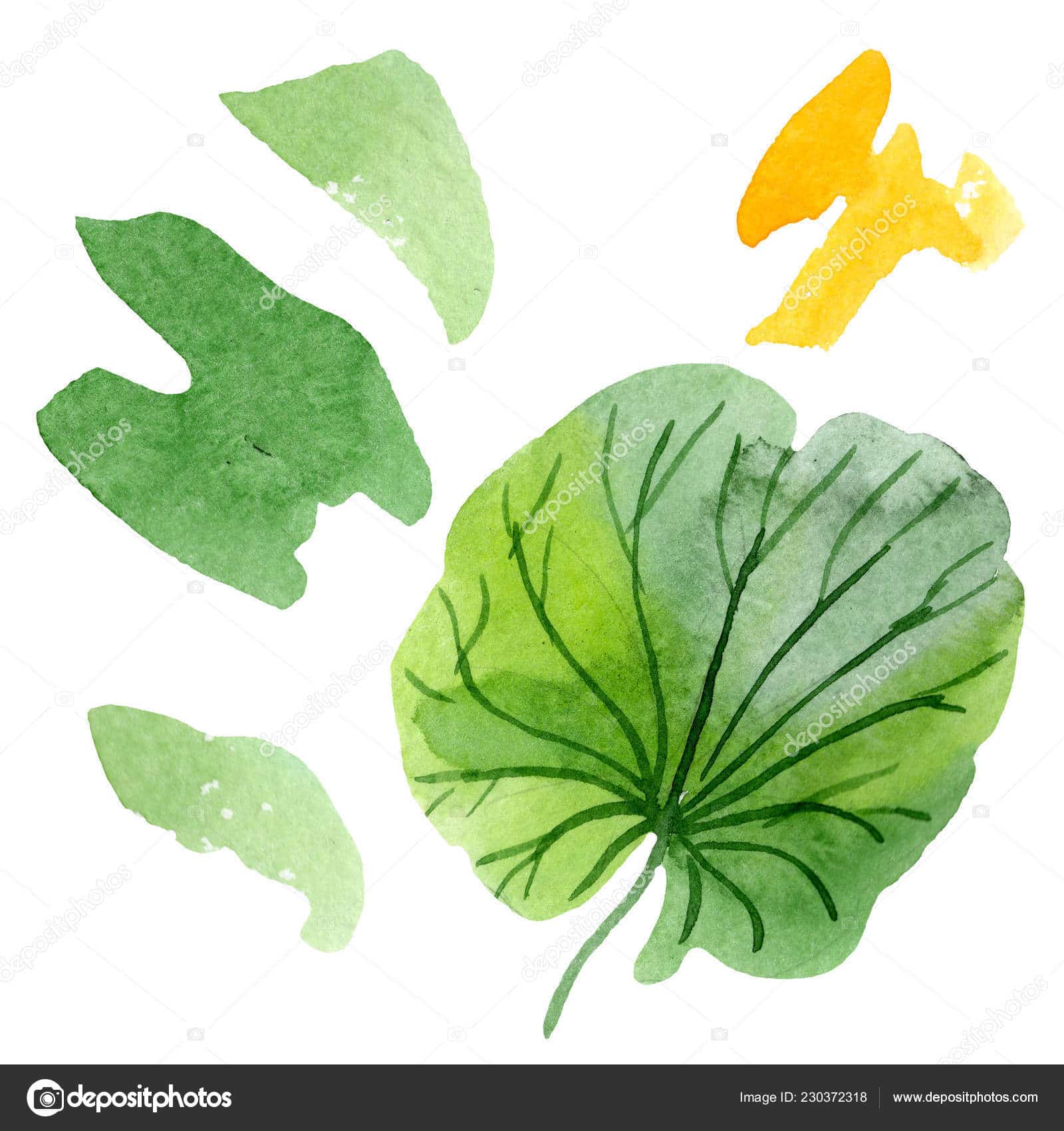
Step 5: Get Creative
Once your child has identified the species of the tree his or her leaf belongs to, encourage them to go further by creating art with their leaf, sketching it, making a watercolor to capture its hues or making a leaf rubbing.


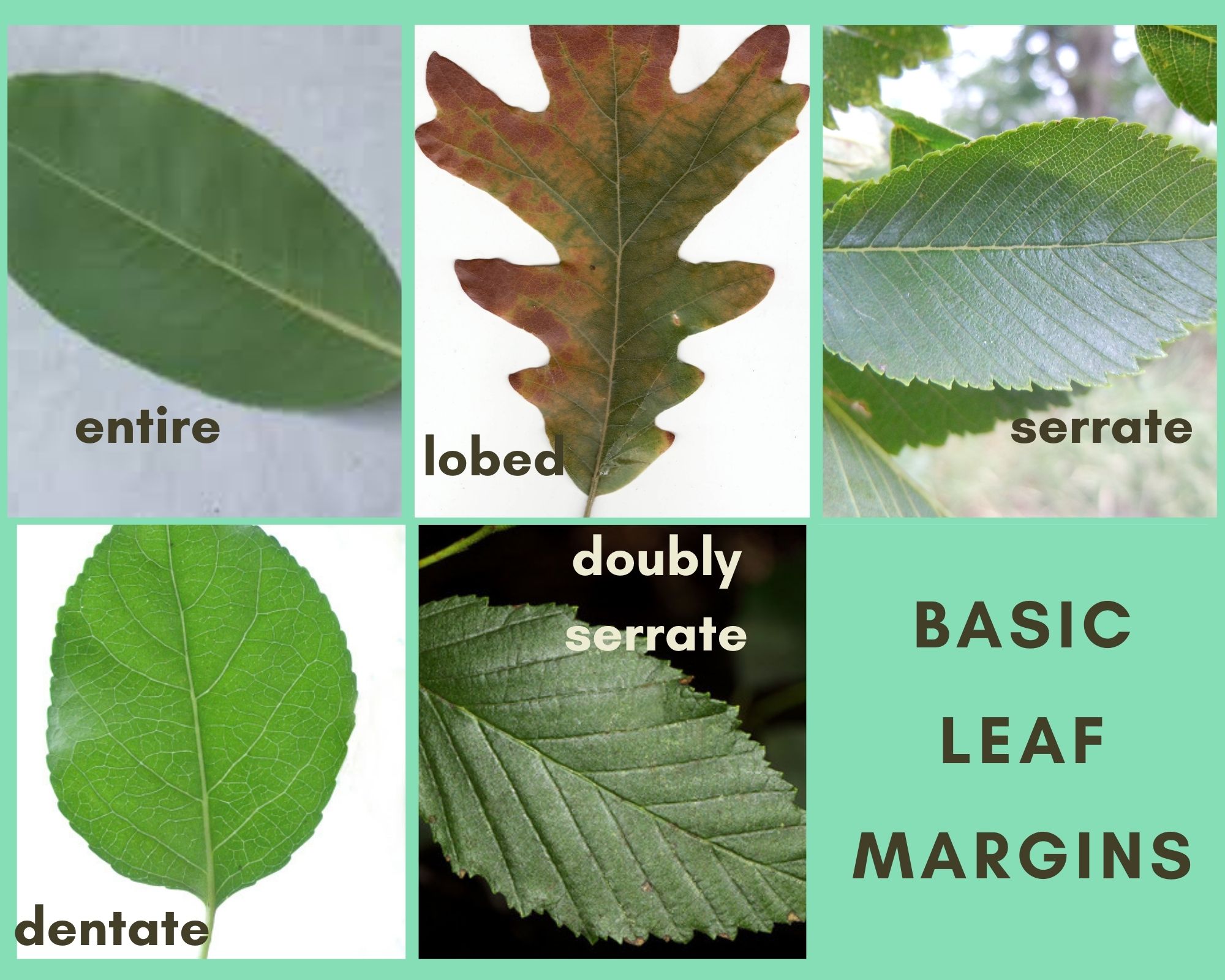





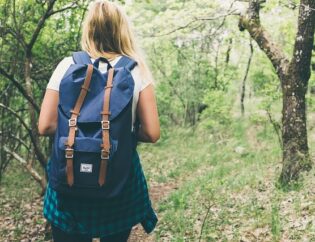
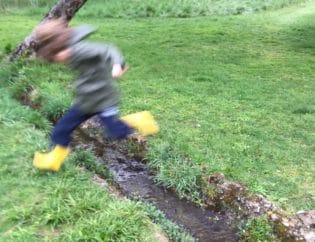
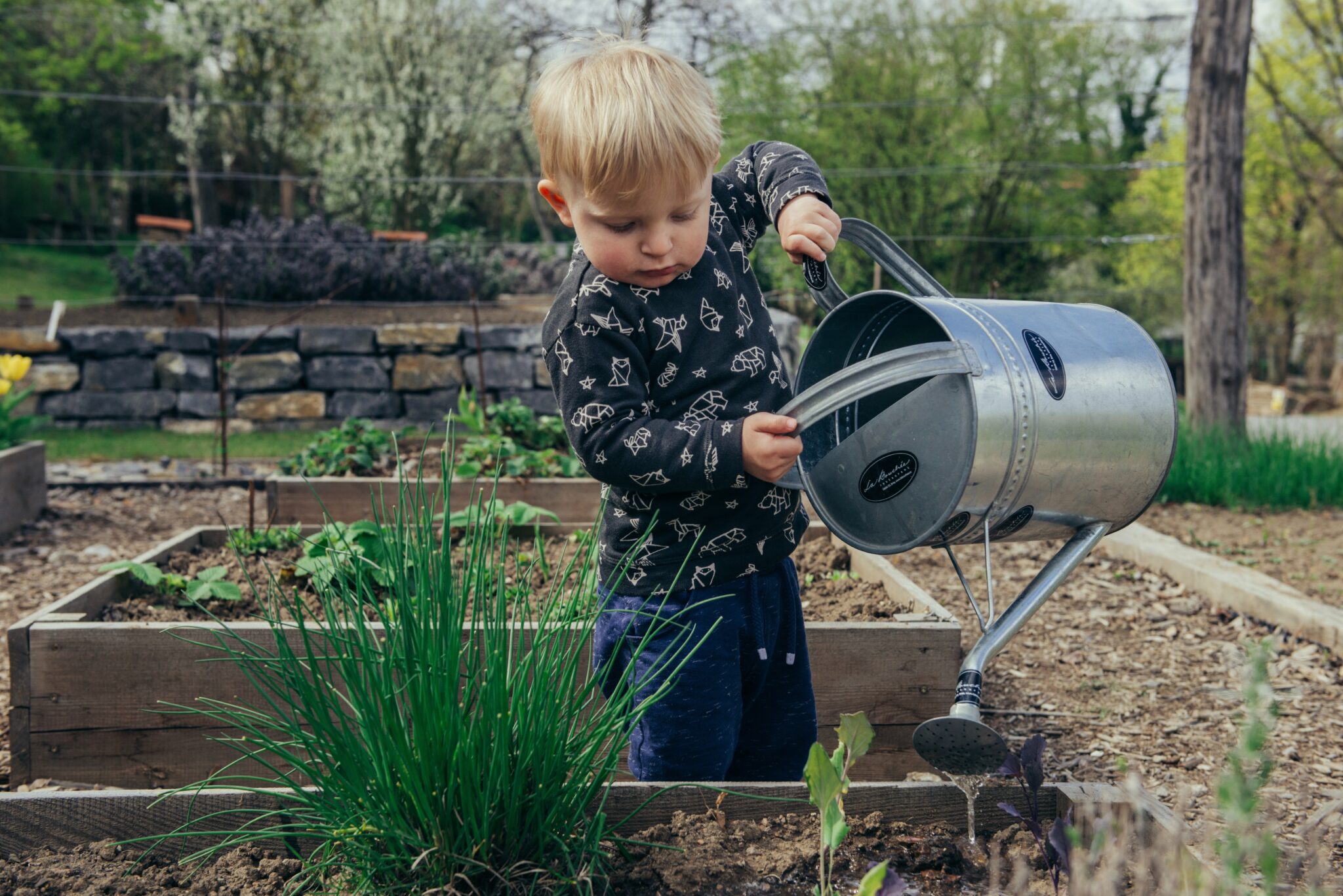
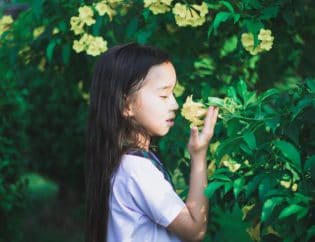


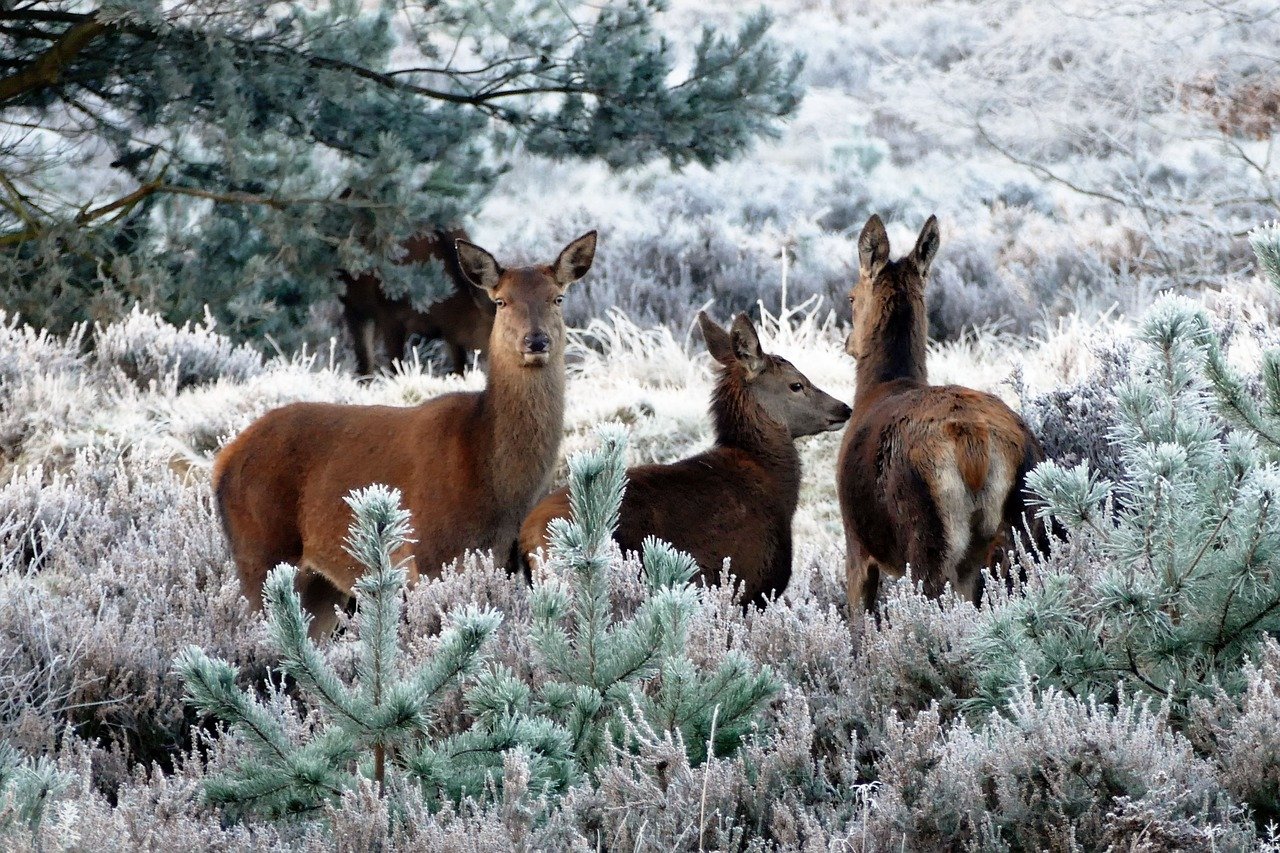
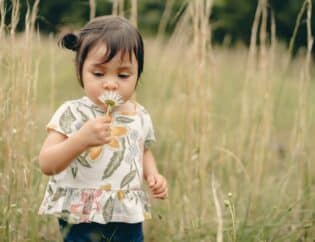

What a wonderful resource!! ✨
#BotanyForKids #ChildBotanists
Thank you Wendy! We’re happy to hear from you!